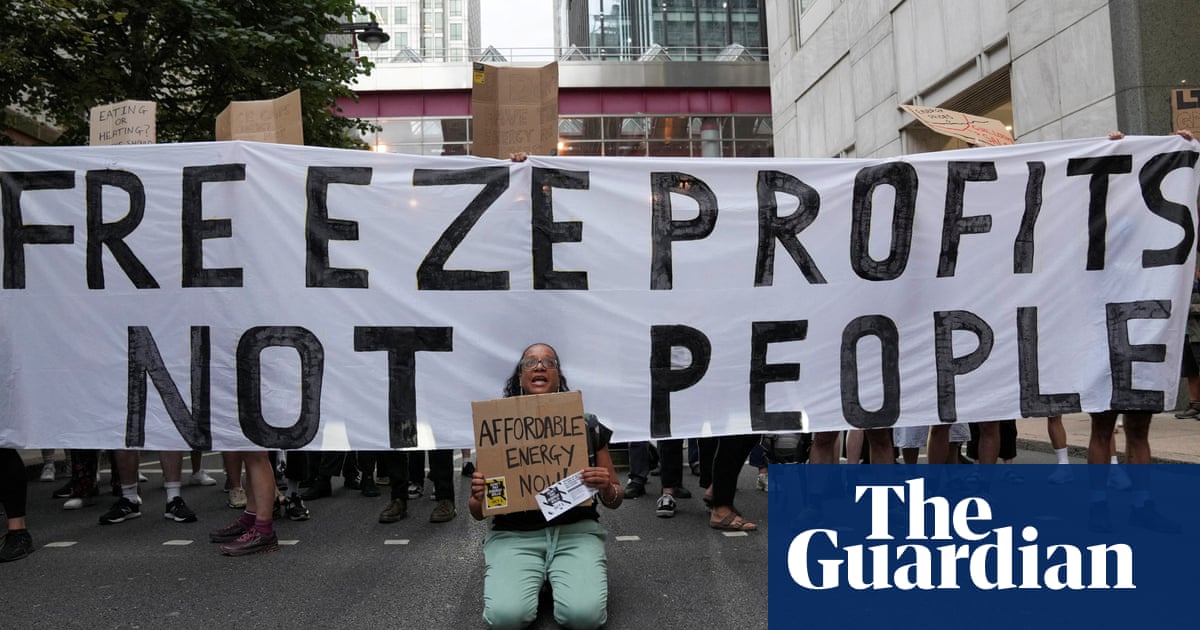Unfortunately, the cap is still considerably higher than it was before the energy crisis began and is unlikely to help households in real terms all that much. “The situation for millions of households is still incredibly desperate,” says Smith. “When the price cap takes effect in October, we estimate that 6.3m UK households will be living in fuel poverty. That’s 2m more [than] at the start of this crisis.”
Will the price cap make much of a difference?
The average household that is paying by direct debit should be seeing a fall of about £150 a year in their bills, however, as the government has withdrawn its financial support over the course of the summer, millions of households could end up paying more than they did last winter. This is particularly concerning as record numbers of households already have significant energy debt as they head into the colder months. “They’re going to be carrying that financial burden as they try to pay off their existing usage at the same time,” Smith says.
Then there are standing charges, the fixed daily amount on your bill, which have increased significantly in recent years. They are expected to rise to more than £300. According to the NEA, standing charges for the typical customer have increased by two-thirds since the introduction of the 2019 Ofgem price cap as a way for energy companies to recover costs.
…
Are there any alternatives?
The point of the energy price cap is not to keep bills affordable for consumers – it is designed to limit the profits of energy companies. Even Ofgem’s chief executive has questioned whether the price control mechanism is adequate, pushing the government to rethink the “very broad and crude” framework. Jonathan Brearley added that the price cap made sense in a more stable market, but the volatility of the current market has rendered it less effective.
Charities, campaign groups, experts and even some energy suppliers are calling on the government to create a social energy tariff, a discounted energy bill targeted at low-income and vulnerable households. Smith says that social tariffs existed in the 2000s on a voluntary basis; he attributes its limited success to the fact that it was not well targeted. “We believe it would be possible to learn from those previous mistakes,” he says. The NEA argues that this tariff must be additional to existing protections.
The government has announced that it is “developing a new approach” to protect customers from rising bills, but have seemingly abandoned any pledges to put a social tariff in place.



When I got the price adjustments on the 1st April, the cost of energy had gone down but the standing charge had gone up, so I ended up paying more. April Fool indeed.